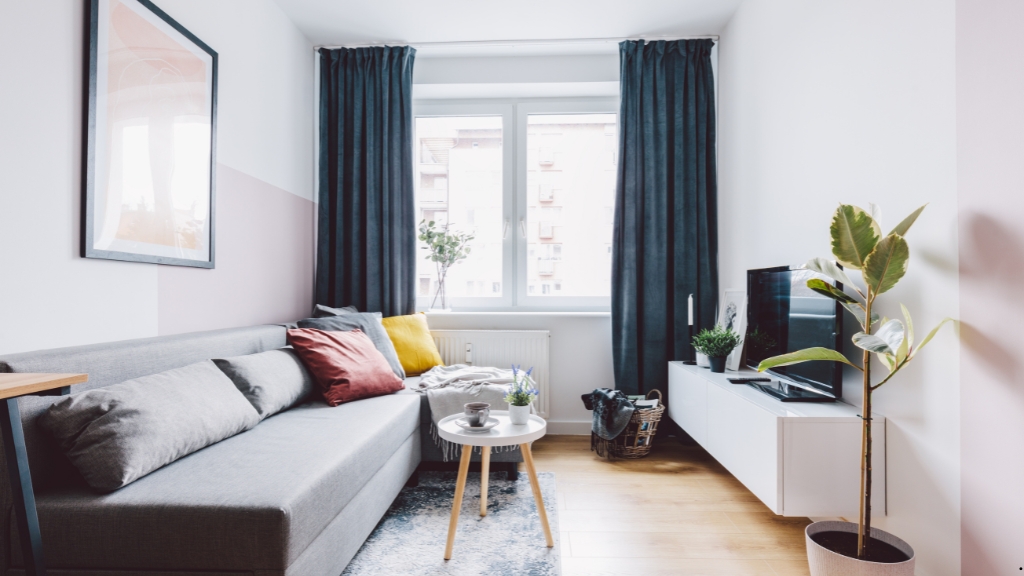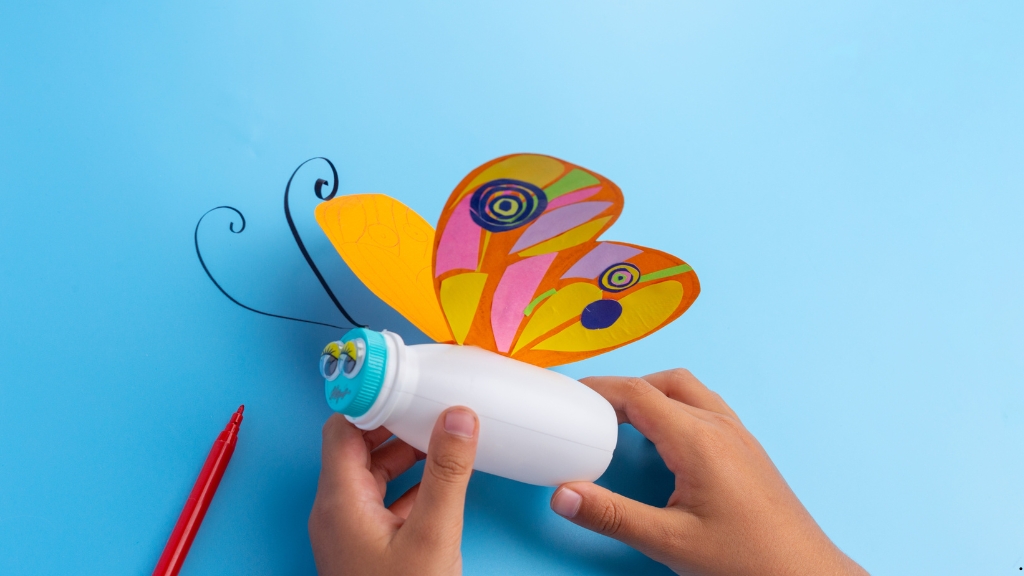
Transform Your Small Living Space: How to Create Interactive Play Zones for Fun and Creativity
Living in a small space doesn’t mean sacrificing fun or creativity. In fact, with a little imagination, you can transform even the coziest corners into vibrant interactive play zones. Whether you’re a parent looking to engage your kids or an adult wanting to spark your own creativity, creating these playful areas can enhance your living experience.
Understanding Interactive Play Zones
Interactive play zones turn small living spaces into vibrant areas for creativity and fun. These spaces accommodate playtime for children and adults, fostering a sense of joy and engagement.
Importance of Play in Small Spaces
Play serves a vital role in development. It's essential for children as it fosters creativity and social skills. In small spaces, playtime can stimulate imagination by encouraging exploration and experimentation. Engaging in play reduces stress and promotes emotional well-being for both children and adults. According to the American Academy of Pediatrics, play enhances cognitive development, which emphasizes its significance in any living environment.
Benefits of Interactive Play Zones
Interactive play zones offer numerous advantages.
Creativity Enhancement: Creative activities encourage innovation and problem-solving skills.
Social Interaction: Play zones create opportunities for children and adults to interact, strengthening relationships.
Space Utilization: Efficient use of limited space enhances living conditions, maximizing functionality without clutter.
Physical Activity: Active play promotes health and fitness, vital in compact areas.
Adaptability: Design flexibility allows adaptation for various activities, catering to different ages and interests.
Incorporating these elements into a small space enhances both lifestyle and atmosphere, proving that limited square footage doesn't restrict fun and creativity.
Design Principles for Small Living Spaces
Designing small living spaces requires thoughtful planning to create interactive play zones that encourage creativity and engagement. I focus on strategies that maximize available space while ensuring functionality and enjoyment.
Maximizing Vertical Space
Maximizing vertical space transforms small areas by utilizing walls and ceilings. I consider incorporating shelves, wall-mounted storage, and hanging organizers to create extra storage without consuming floor space. Installing vertical pegboards or magnetic strips allows for creative displays of toys and art supplies, providing easy access while enhancing decor. Using tall shelving units can also encourage a sense of openness, making areas feel larger and inviting play and exploration.
Multi-Functional Furniture Solutions
Multi-functional furniture solutions make small spaces adaptable and practical. I prioritize selecting furniture pieces that serve dual purposes, such as ottomans with hidden storage or sofas that convert into beds. Folding tables and chairs offer flexibility for playtime or dining, easily stowing away when not in use. Modular furniture also allows me to rearrange components according to activities, enhancing the versatility of play zones while keeping clutter at bay. These solutions create a seamless transition between playful fun and functional living.
Creating Engaging Play Zones
Creating engaging play zones requires thoughtful design and creative use of materials. I focus on elements that enhance fun, inspire creativity, and fit seamlessly into my small living space.
Choosing the Right Materials
Choosing the right materials ensures safety and enhances play. I prioritize soft, durable fabrics for cushions and play mats to minimize injury. Non-toxic, easy-to-clean surfaces maintain hygiene while allowing for fun. Versatile items, like foam blocks or magnetic tiles, encourage imaginative play and can easily be stored when not in use. Lightweight furniture, such as collapsible tables and chairs, facilitates flexibility, providing quick transitions between playtime and regular living spaces.
Incorporating Natural Elements
Incorporating natural elements creates a calming and inviting atmosphere. I use plants to introduce color and promote a sense of well-being. Indoor plants, like succulents or ferns, thrive in small spaces and require minimal upkeep. Natural light plays a crucial role; I maximize window space with sheer curtains to allow light while maintaining privacy. Using natural materials, such as wood or bamboo, for furniture and decor enhances the aesthetic while being eco-friendly. This connection to nature transforms play zones into inspiring spaces that foster creativity and relaxation.
Safety Considerations
Creating interactive play zones requires attention to safety. I’ll address essential aspects of childproofing and selecting safe materials.
Childproofing Small Spaces
Childproofing significantly reduces the risk of accidents. I recommend these specific steps for effective childproofing:
Secure furniture: Anchor heavy furniture to walls to prevent tipping. This action minimizes potential hazards in a small area.
Block sharp edges: Use corner protectors on furniture edges. This simple addition mitigates injury risks from sharp surfaces.
Install safety gates: Use gates to limit access to potentially dangerous areas. These barriers help maintain safe play zones.
Cover outlets: Install outlet covers to prevent children from accessing electrical sockets. This precaution is vital in any space.
Remove choking hazards: Keep small items out of reach. Regularly check the play area for loose parts or small toys.
Safe Material Choices
Choosing safe materials ensures a secure play experience. I prioritize these materials:
Non-toxic surfaces: Use non-toxic paints and finishes. These choices minimize harmful exposure during play.
Soft furnishings: Opt for soft materials like cotton or polyester for cushions. These fabrics reduce injury and discomfort during playtime.
Sturdy toys: Select durable, well-constructed toys. Sturdiness prevents breakage and reduces risk from sharp pieces.
Flooring options: Choose cushioned flooring like foam tiles. This flooring type enhances comfort while providing a safer play environment.
Natural materials: Use sustainable materials whenever possible. Natural wood and fabrics promote safety and a healthy atmosphere.
By focusing on childproofing and selecting safe materials, I create engaging and secure play zones in small living spaces.
Conclusion
Creating interactive play zones in small living spaces is not just possible but can be incredibly rewarding. I’ve found that with a bit of creativity and thoughtful design, even the coziest corners can become vibrant areas for play and inspiration.
By utilizing vertical space and multi-functional furniture, I can maximize my living area while keeping it functional and enjoyable. Prioritizing safety and choosing the right materials ensures that these zones remain secure for everyone.
Ultimately, embracing the idea of play in small spaces enriches my life and fosters a sense of well-being. So let your imagination run wild and transform your space into a playful haven where creativity thrives.


